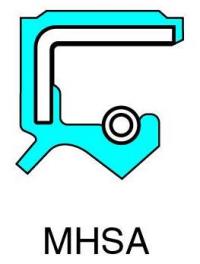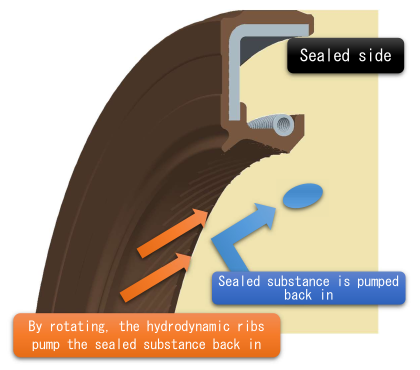...
2025-08-14 05:28
1308
...
2025-08-14 05:28
2248
...
2025-08-14 05:19
1607
...
2025-08-14 05:08
1085
...
2025-08-14 05:08
2945
...
2025-08-14 04:07
2344
...
2025-08-14 03:54
1393
...
2025-08-14 03:47
897
...
2025-08-14 03:28
1662
...
2025-08-14 03:27
1214

-
Prepare the shaft and prevent damage


